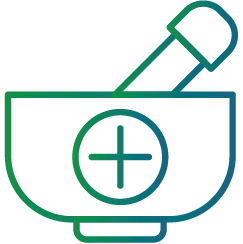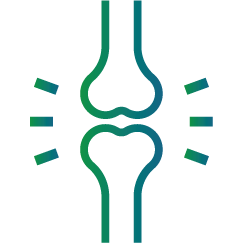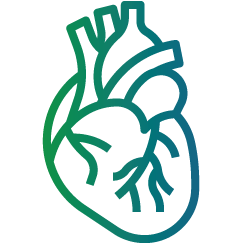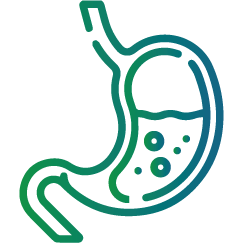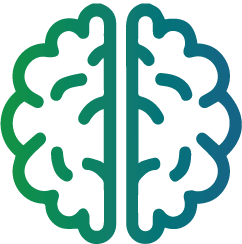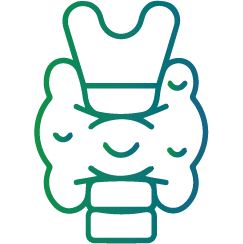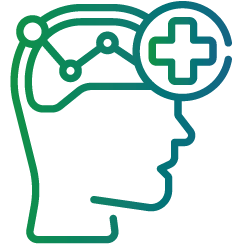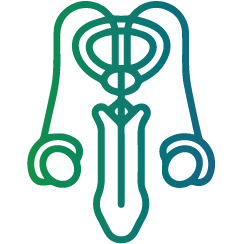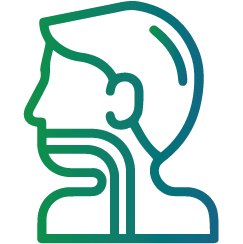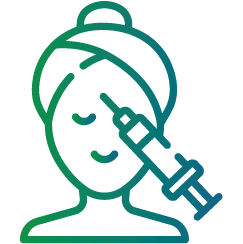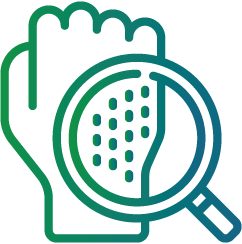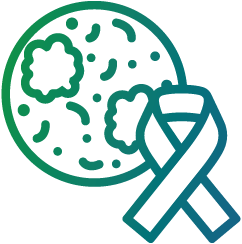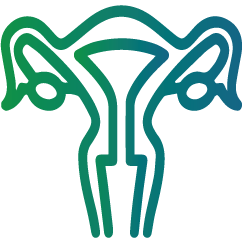Headaches – that unwelcome ache in your head that disrupts your day. They can range from a mild nuisance to a debilitating force, leaving you reaching for pain relievers or wishing for a silent, dark cave. But before you resign yourself to suffering, understanding these throbbing foes is the first step to finding relief.
The Many Faces of Headaches:
Headaches aren’t all created equal. Here are two main categories:
Primary Headaches: These aren’t caused by underlying medical conditions but arise from factors like muscle tension, stress, or dehydration. Tension headaches, the most common type, cause a dull, aching sensation around the head. Migraines, known for their intense throbbing pain, often come with nausea, light sensitivity, and other symptoms.
Secondary Headaches: These arise from other medical conditions, like sinus infections, dehydration, or medication overuse. Identifying the underlying cause is crucial for effective treatment.
Headache Triggers: Knowing Your Enemy
Identifying your headache triggers is key to prevention. Here are some common culprits:
Stress: The modern world throws a lot at us, and stress can manifest as a throbbing headache. Relaxation techniques like yoga or meditation can be helpful.
Dehydration: Don’t underestimate the power of water! When you’re dehydrated, your brain tissue can shrink, triggering a headache. Aim for eight glasses of water daily.
Diet: Certain foods and beverages, like aged cheeses, red wine, and artificial sweeteners, can trigger headaches in some people. Pay attention to your body’s reactions.
Sleep: Both inadequate and excessive sleep can contribute to headaches. Aim for a consistent sleep schedule of 7-8 hours each night.
Eye Strain: Spending too much time staring at screens can lead to tension headaches. Take breaks, adjust screen brightness, and practice good posture.
Combating the Throb: Effective Management Strategies
Once a headache strikes, here are ways to find relief:
Over-the-counter pain relievers: Medications like ibuprofen or acetaminophen can be helpful for mild to moderate headaches. However, overuse can lead to rebound headaches, so consult a doctor for prolonged pain.
Rest and Relaxation: Sometimes, all you need is a quiet, dark room to rest and allow your body to heal.
Hydration: Dehydration headaches respond well to increased fluid intake.
Home Remedies: Applying a cold compress to your forehead or neck can provide temporary relief. A warm compress on the back of your neck can also help ease muscle tension headaches.
When to See a Doctor:
While most headaches are harmless, some require medical attention. If you experience:
Sudden, severe headaches (like a thunderclap headache)
Headaches accompanied by fever, stiff neck, confusion, or vision changes
Headaches that worsen despite treatment
Headaches that significantly impact your daily life
Don’t hesitate to consult a doctor. Early diagnosis and treatment can be crucial, especially for secondary headaches.
Living Headache-Free: Prevention is Key
By understanding your triggers and implementing preventive measures, you can significantly reduce the frequency and intensity of headaches. Here are some tips:
Manage stress: Prioritize relaxation techniques like meditation or yoga.
Maintain a healthy diet: Limit processed foods and sugary drinks. Focus on whole foods and plenty of water.
Regular exercise: Physical activity is a great stress reliever and promotes overall well-being.
Maintain a consistent sleep schedule: Aim for 7-8 hours of quality sleep each night.
Schedule regular eye exams: Ensure any vision problems are addressed to avoid headaches arising from eye strain.
Headaches may be a common foe, but with knowledge, prevention, and effective management strategies, you can conquer the throb and reclaim control of your well-being. Remember, a doctor is always your best resource if headaches persist or become severe.


